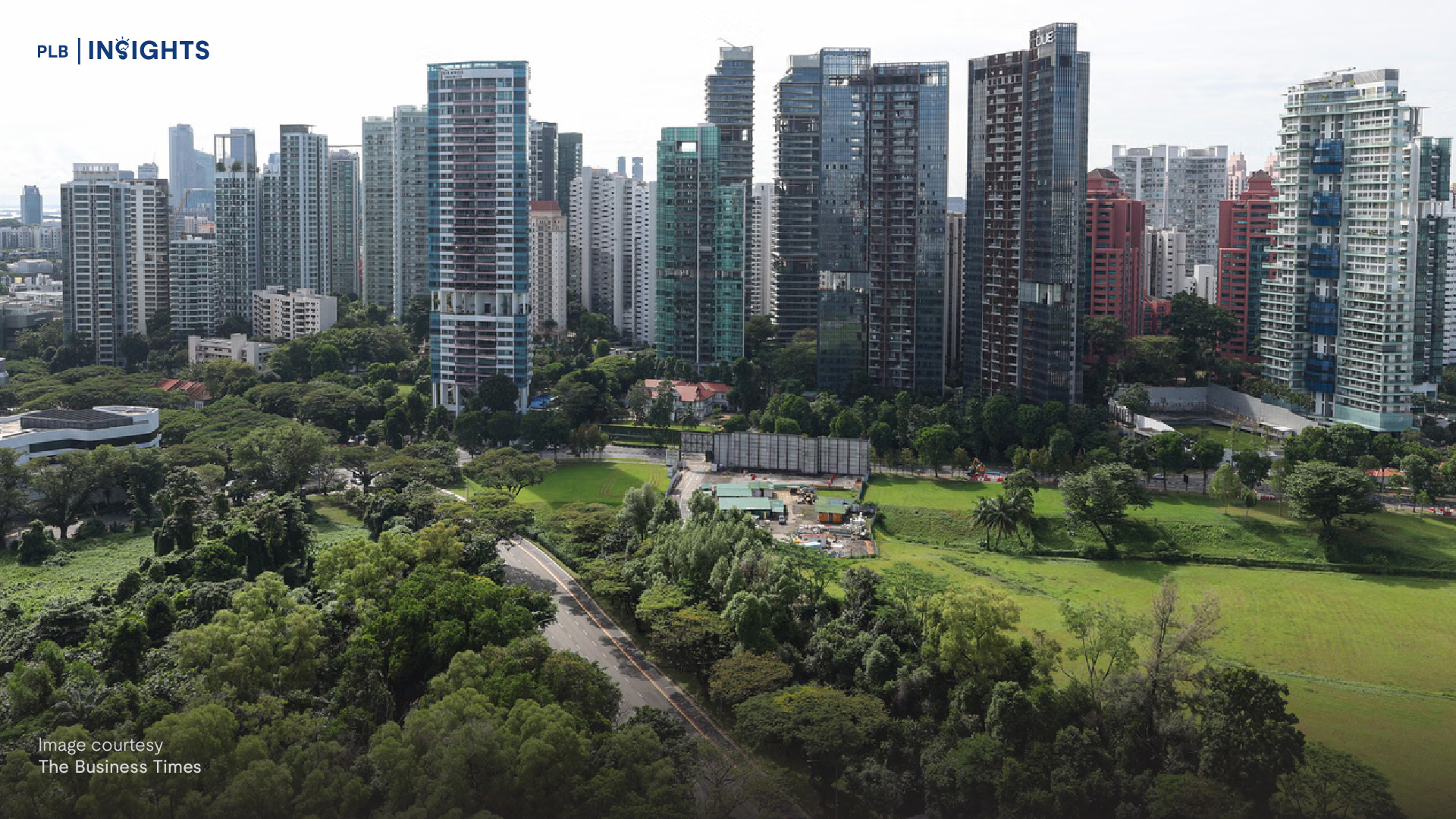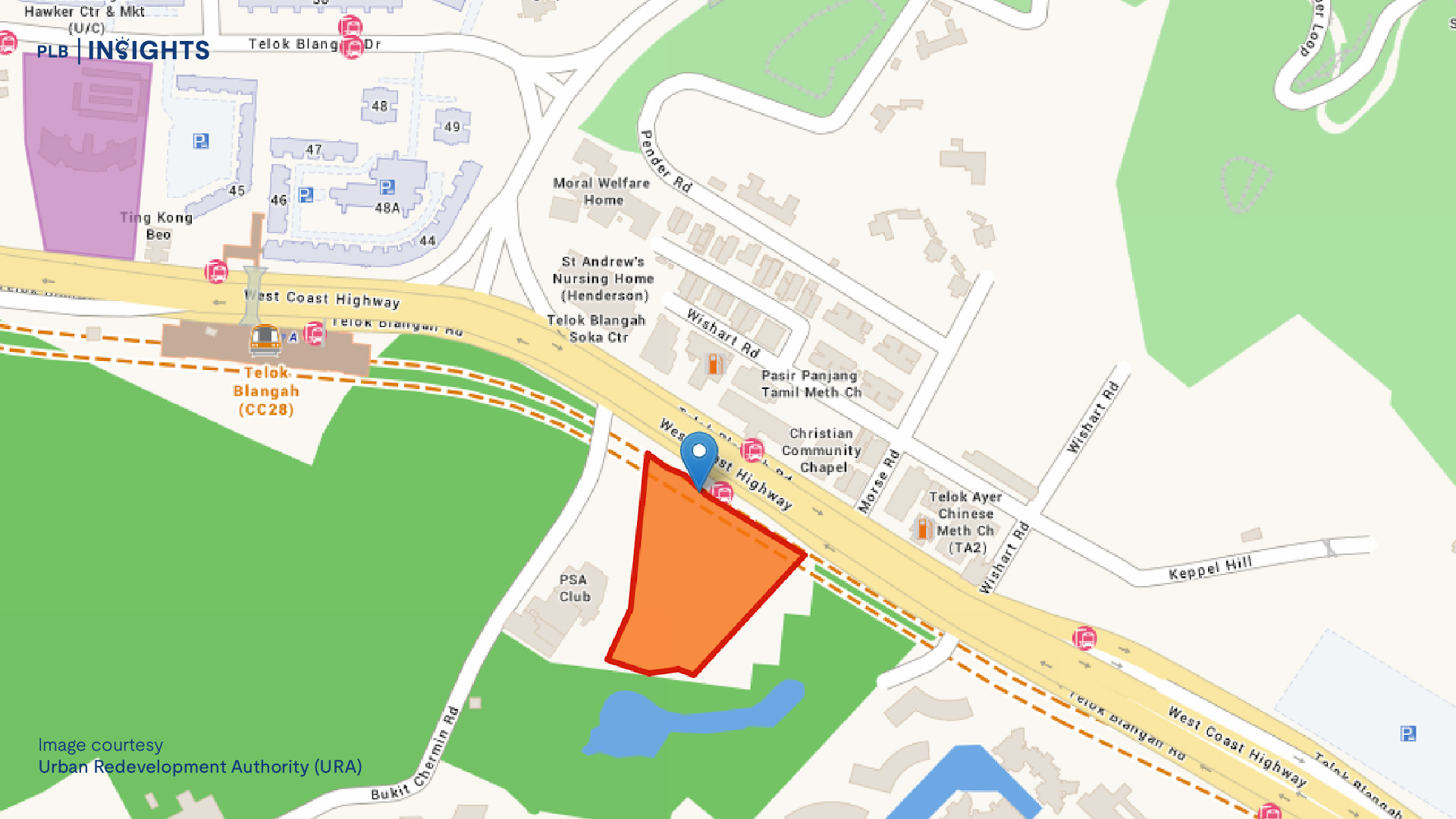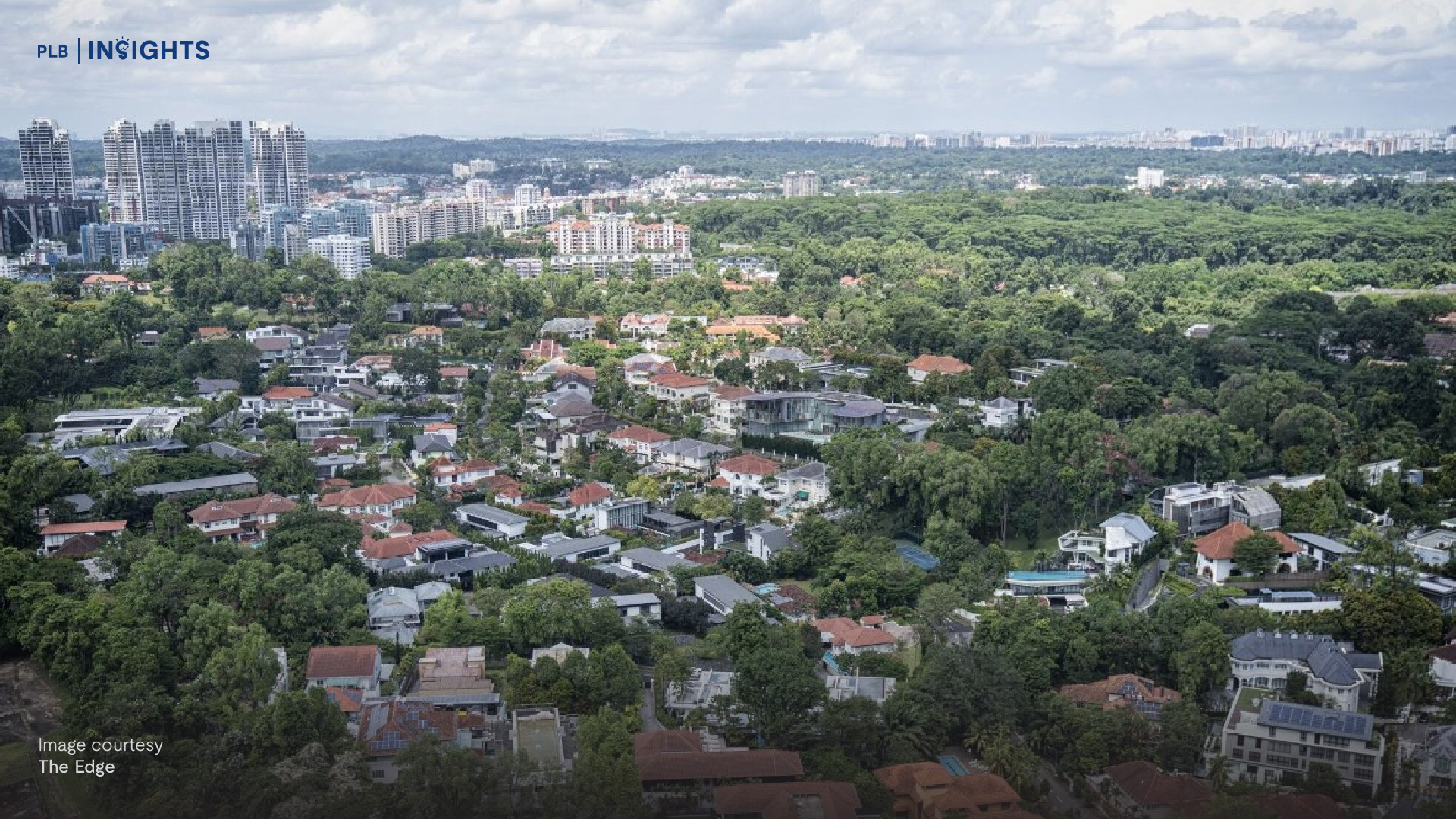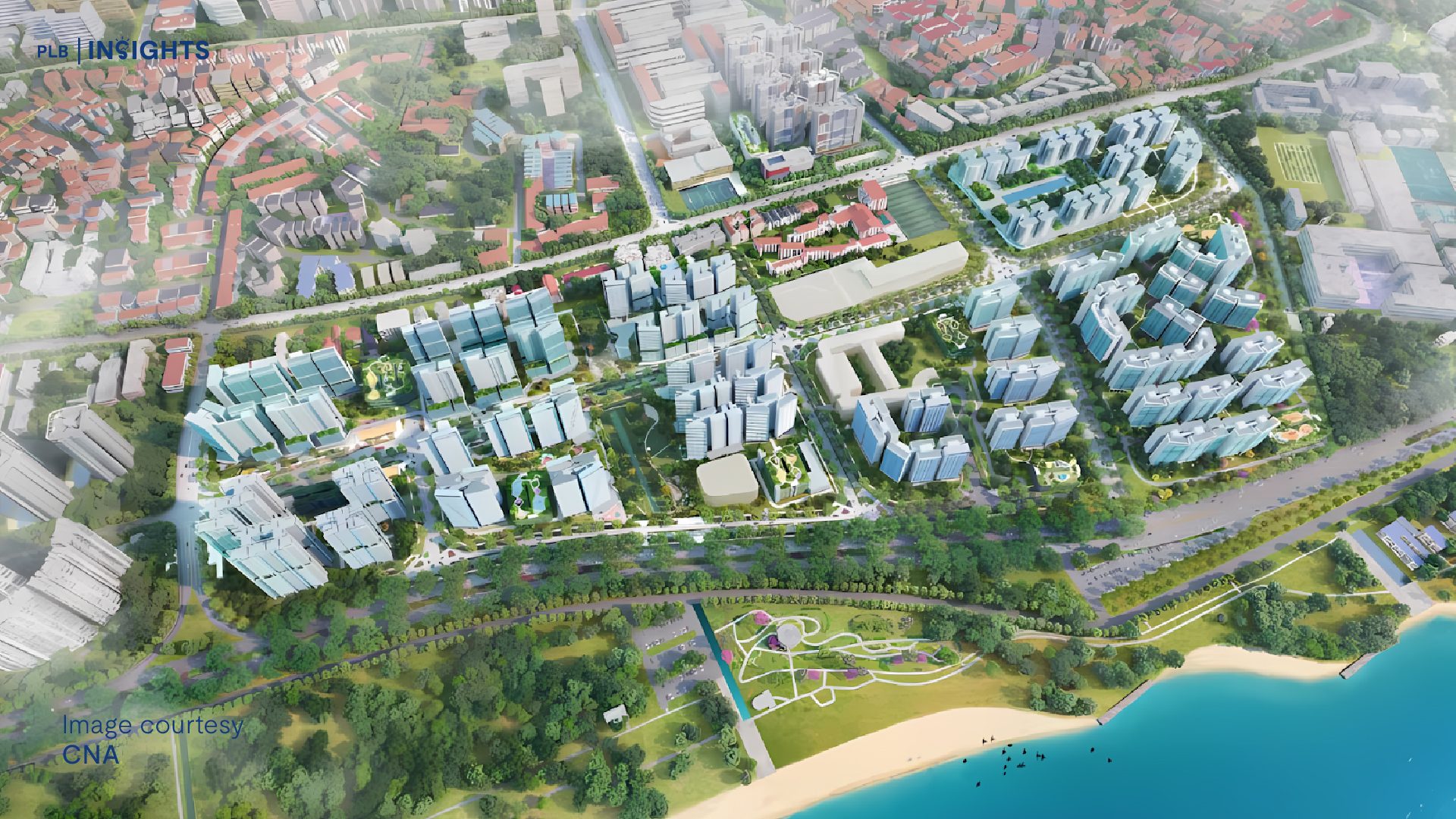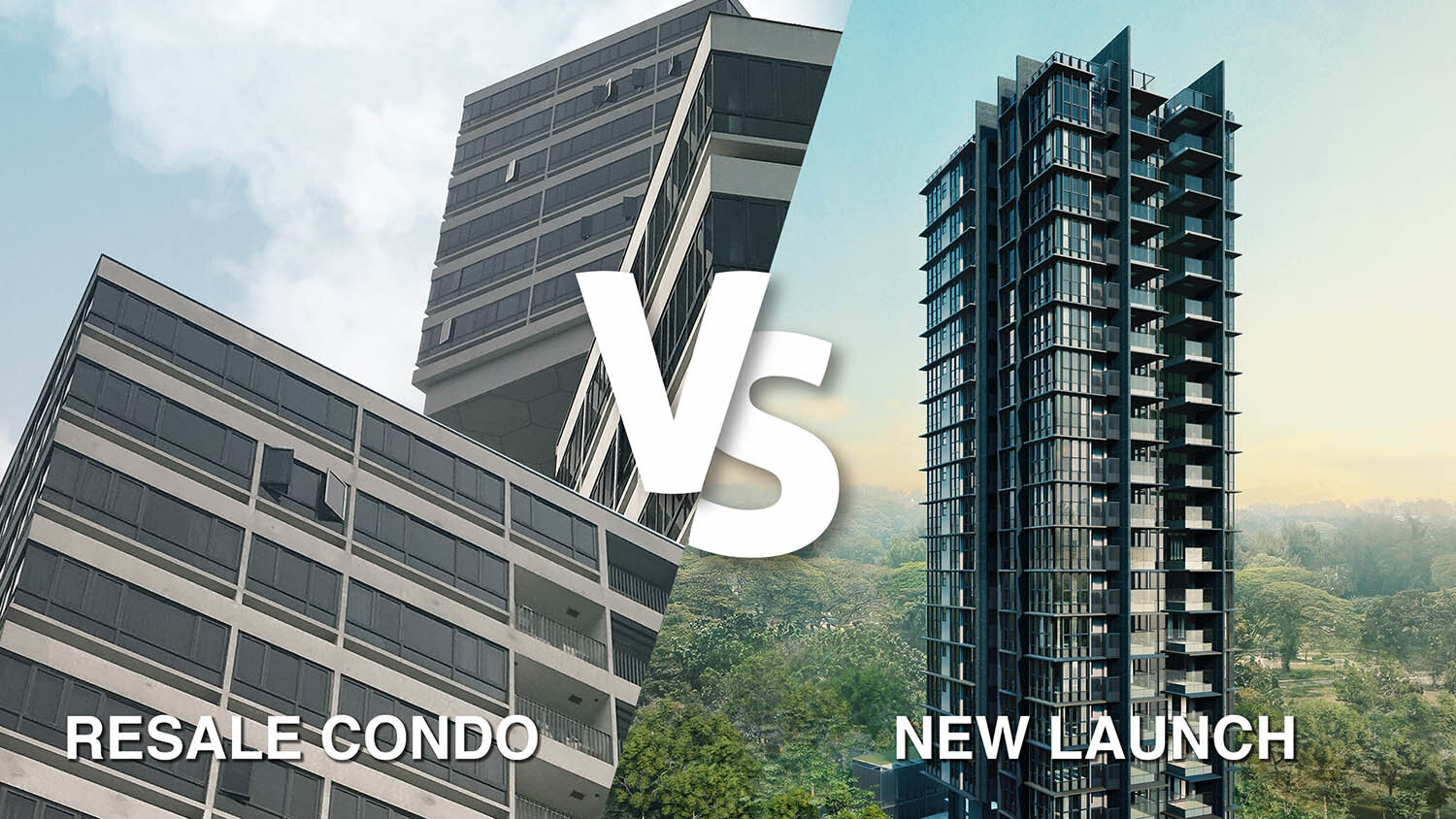
If you own an HDB property now and are considering to upgrade to a private property, you probably would be asking yourself this question: which option is better – Resale or New Launch? Let’s weigh out each option and figure out which option is better for you.
We’ll start off with New Launch properties. Let’s use a scenario to illustrate. In this scenario, you decided to go for a New Launch development that has 800 units comprising of 250 1-bedroom units, 250 2-bedroom units and 300 3/4-bedroom units. You then decide to settle for a 2-bedroom unit costing $1 Million which in terms of Per Square Foot pricing, works out to be about $1,400 to $1,500 PSF. After which, you have a 3 to 4 years wait for the development to attain its Temporary Occupation Permit or TOP – which is a permit that allows homeowners to occupy the building temporarily when the key requirements are met as it may take some time to obtain the Certificate of Statutory Completion (CSC).
Now, let’s take a look at the behaviour of New Launch owners during the TOP year. Assuming someone approaches you and expresses interest to purchase your 2-bedroom unit for $1 Million, would you accept this offer? The likelihood of that happening is quite low. After all, it is not worth the time and money (25% down-payment, 75% loan and small payments) you have invested into your unit to sell it for the same price that you bought it at. The lowest offer you would accept would definitely be in the range of about $1.15 to about $1.2 Million right?
But, would you be the only one who would think this way? That is highly unlikely. Every owner in the development would likely be thinking the same way as you are, should they consider to sell. They would have set a target price of which they are willing to exit with. This is a one-off phase that all new developments will undergo, where every owner in the development has the same thoughts and mindset. This phase only occurs once in the entire life-cycle of the development.
The moment a unit gets sold in the resale market, the selling price of that unit becomes the benchmark for all the same type units in the development. For example, if a 2-bedroom unit got sold for $1.15 Million in the resale market, the rest of the 2-bedroom unit owners could value their units at the same or at a higher price than the first unit. This benefits everyone as prices would only go up from here based on the variations of the units in terms of facing, level, etc.
Now let’s take a look at Resale private properties. Again, we will use a scenario to illustrate. In this scenario, we will look at development XYZ. This development was built in 2010, has 600 units and attained its TOP in 2014. There are 3 different groups of owners in this development:
(i) those who bought during the initial launch in 2010.
(ii) those who bought in the resale market in 2014.
(iii) those who just purchased their unit today.
Each group of owners bought their units at different price points. The first group bought at a PSF of $800, the second group bought at at a PSF of $1,000 while the third group bought at a PSF of about $1,000 to $1,200. How would the pricing movement be like for such developments? It is based on two factors, the first is the transaction volume of the development. If a development has frequent transactions, the prices would gradually increase in relation to the transactions. The second would be En-block Fever. This generates confidence in buyers whom pay higher prices willingly. Banks would also confidently match with higher valuations due to the higher risk appetite.
So back to the jarring question: which is better? Well, there is no right or wrong answers here. It is subjected to each individual’s situation. If you are struggling to figure out which one suits you, contact us and we will be happy to assist you.

